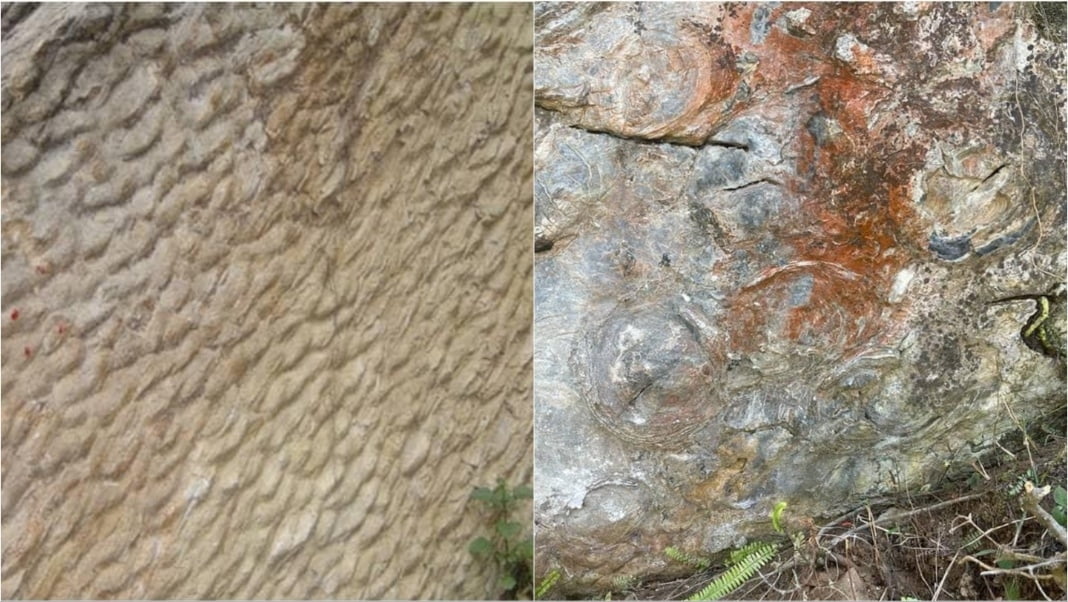Gangtok, Oct 1: Sikkim is set to establish a world-class fossil park following the discovery of 1.5 billion-year-old fossils in Mamley village, Namchi District. Though designated a geo-heritage site in 2014, the site has only recently gained attention after Chief Minister Prem Singh Golay announced ambitious plans to transform the area into an international hub for geo-tourism, research, and education.
“Our government is committed to transforming this remarkable site into a world-class fossil theme park under the Department of Mines & Geology,” Golay said on September 19. “The park will offer an immersive experience, with a captivating light and sound show narrating the history of our planet, a geological museum with invaluable specimens, and exhibits showcasing index fossils from across the globe.”
The Chief Minister emphasized that the project would benefit both researchers and local communities. “We plan to develop a geopark village that will serve as a hub for researchers, scientists, and tourists alike. This will not only make Sikkim a destination of international significance in geology and paleontology but also provide sustainable livelihoods for local residents,” Golay stated.
Mamley village, 6 kilometres northeast of Namchi town, is home to some of the world’s oldest fossils, including stromatolites, which are over 3.5 billion years old. These fossils are well-preserved in the Buxa Dolomite formation along the Rangeet River Valley. The state government has already acquired 4.312 hectares of land for the park, ensuring that the development will not displace local residents.
Dicky Yangzom, Secretary of Mines and Geology, highlighted the significance of the project. “We are excited that this discovery, made in 2008, has finally gained attention. The surrounding 50 square kilometres can be developed into a geo park. Local residents will be key partners in promoting geo-tourism and conserving the fossils,” she said.
Golay also addressed concerns about potential threats to the site from nearby hydropower projects and civil construction. “It’s vital that we balance development with conservation. Together with local communities and the tourism department, we will create a geo-heritage tourism belt that protects these priceless assets while promoting sustainable tourism,” Golay assured.
The government’s vision for the fossil park includes preserving rare evidence of early life and evolution, offering educational opportunities, and boosting eco-tourism. Additionally, similar fossil-bearing dolomites have been found in Tatopani, a popular hot spring destination 20 kilometres upstream of the Rangit River, further expanding the region’s geo-heritage potential.
Also Watch
Find latest news from every corner of Northeast India at hubnetwork.in, your online source for breaking news, video coverage.
Also, Follow us on-
Twitter-twitter.com/nemediahub
Youtube channel- www.youtube.com/@NortheastMediaHub2020
Instagram- www.instagram.com/ne_media_hub
Download our app from playstore – Northeast Media Hub





